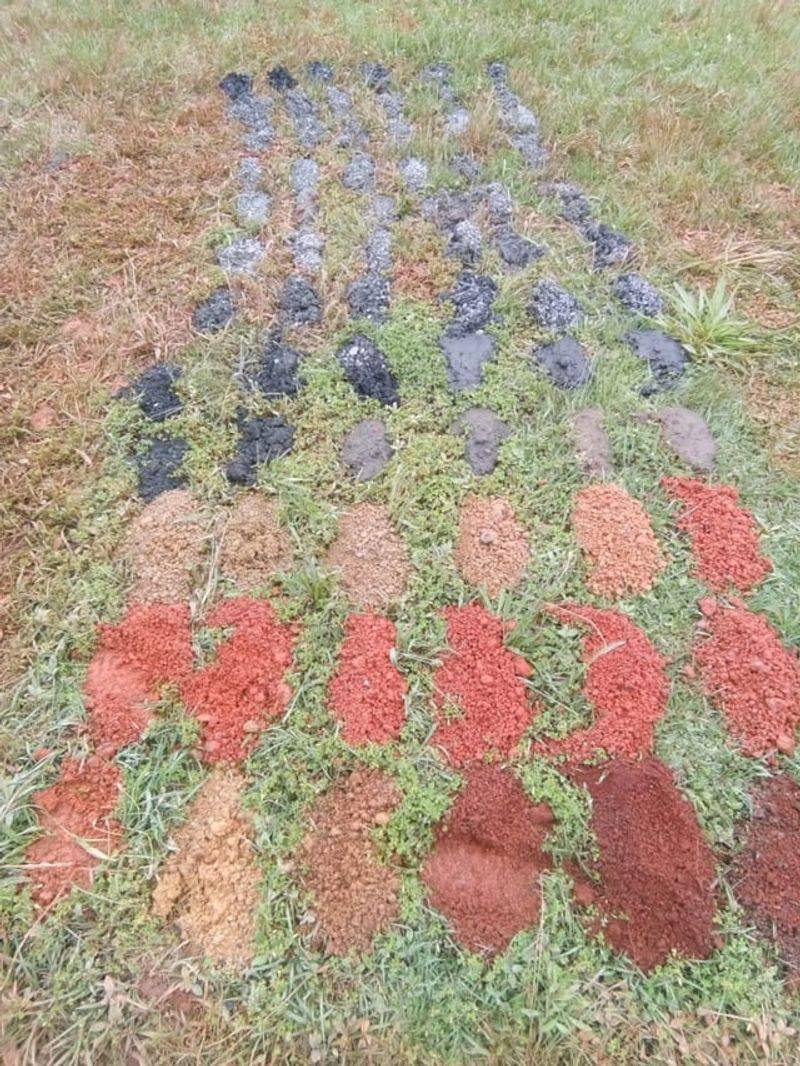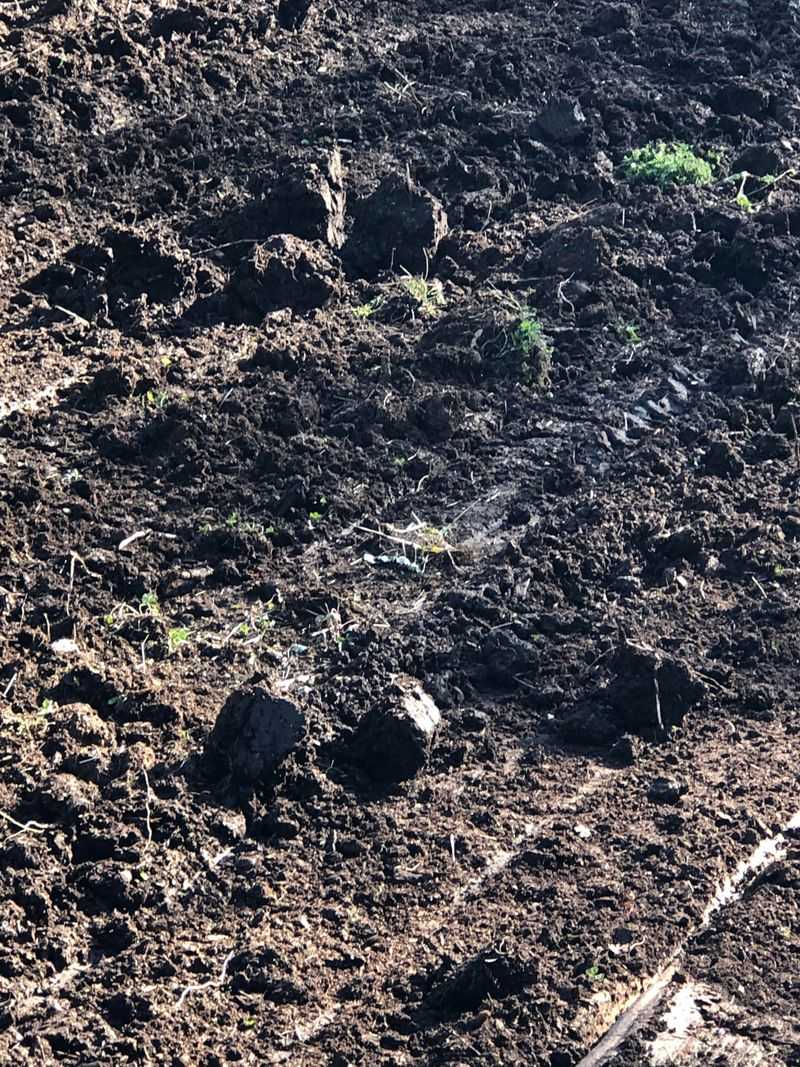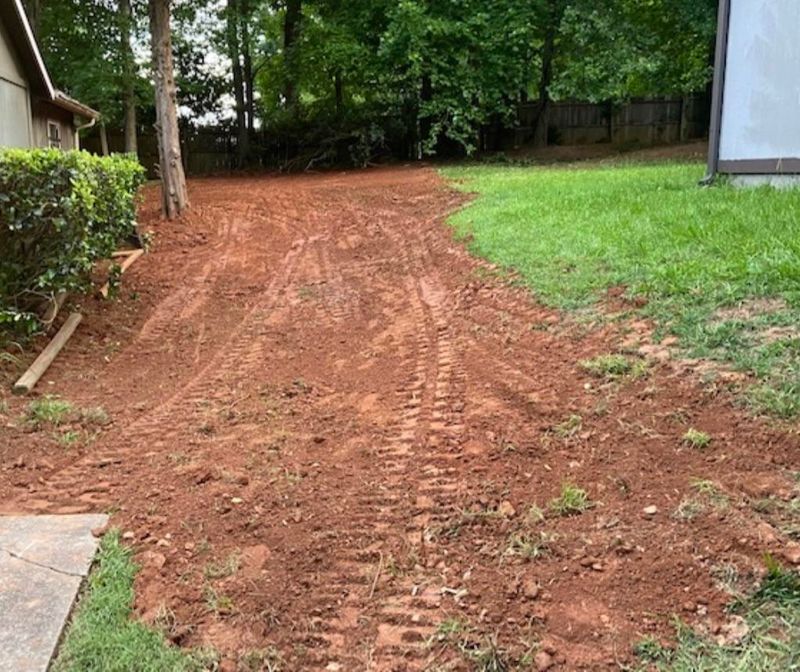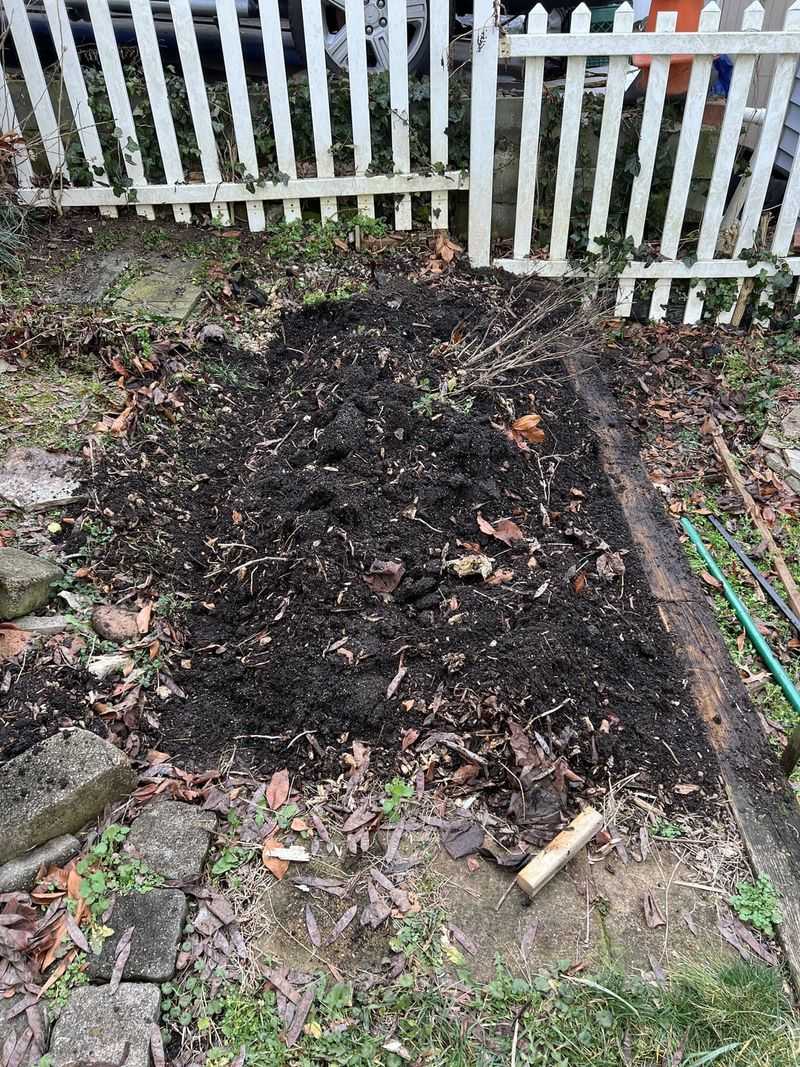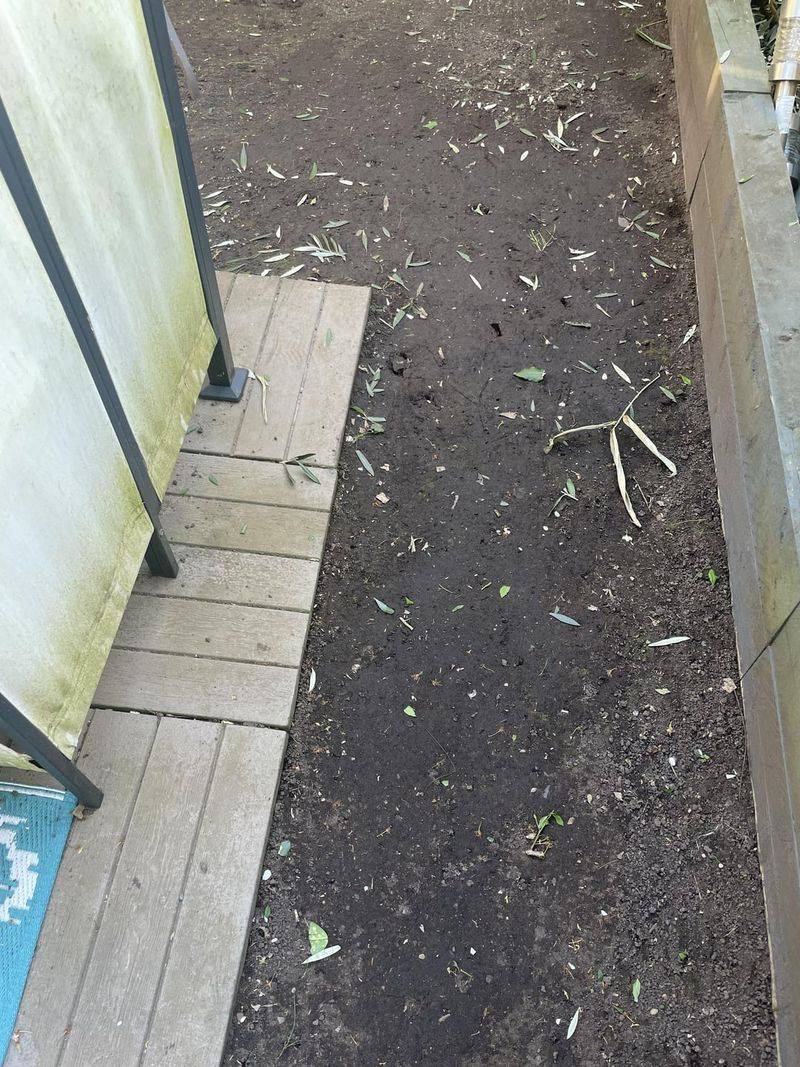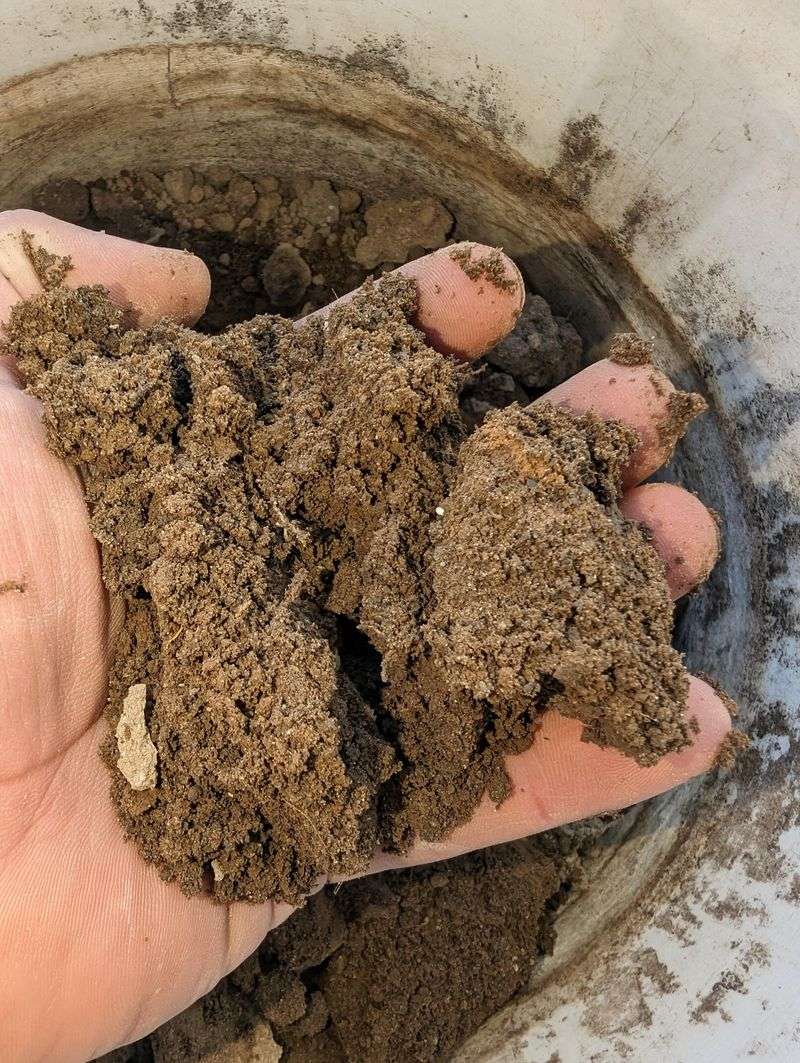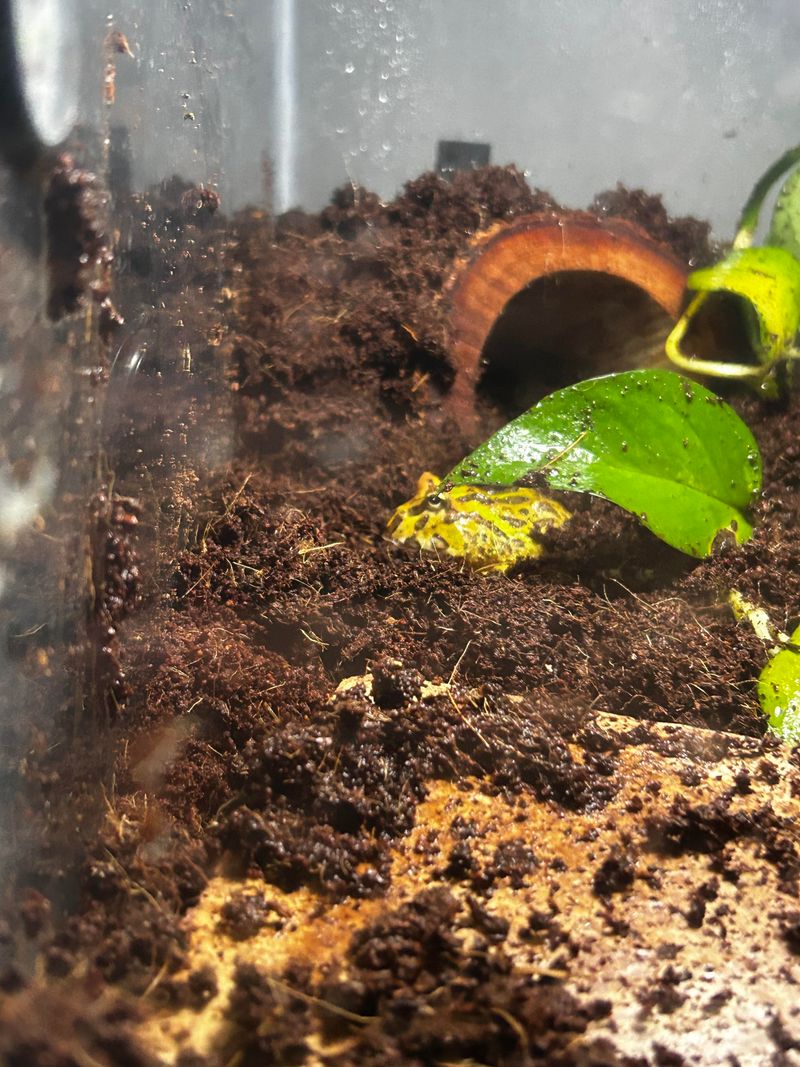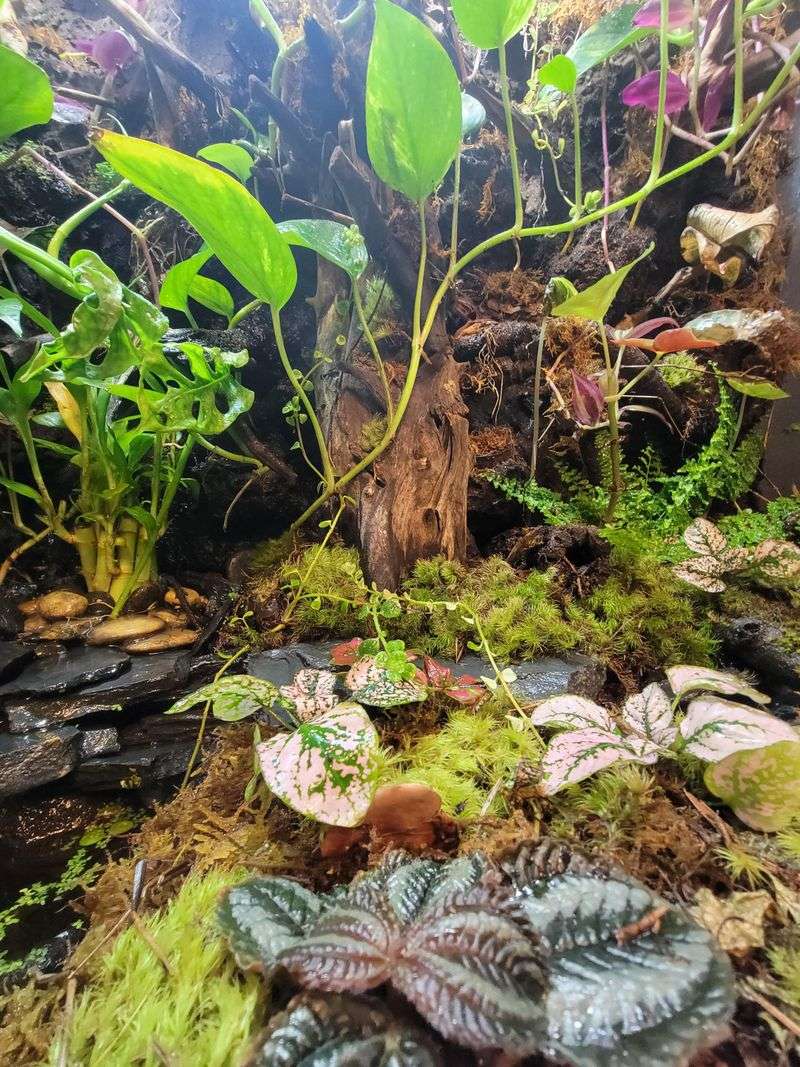The color of your garden soil might be more important than you think, and I’ve got 12 surprising facts to prove it! You’d be amazed at how the soil’s hue can impact your plants’ growth and health.
Plus, I’m throwing in a few extra gardening secrets that’ll help you get the most out of your garden. It’s time to unlock the hidden power of your soil and make your plants thrive.
Ready to learn what your soil’s telling you?
1. Soil Color Reflects Organic Matter Levels
Gardeners, take note! The color of your soil can be a clear indicator of its organic matter. Rich, dark brown or black soils often contain a higher percentage of organic matter, which is essential for plant growth. This organic content, made up of decomposed plant and animal material, provides nutrients that feed your garden.
Over time, organic matter breaks down, enriching the soil and making it more hospitable for roots. It’s the dark chocolate of the earth, a treat for your plants! When you see deep-colored soil, it’s a sign of blooming fertility.
On the other hand, lighter soils may lack this essential organic matter. Their paler appearance often means fewer nutrients, requiring gardeners to supplement with compost or fertilizers. It’s an easy visual cue for what your plants might need.
2. Dark Soil Indicates High Organic Content
Imagine holding a handful of dark, velvety soil. This inky hue often promises a bounty of nutrients thanks to high organic content. It’s akin to nature’s multivitamin, packed with the elements your garden craves.
Dark soils absorb heat more readily, warming up quicker in spring. This gives plants a head start, promoting earlier growth and blooms. It’s like a cozy blanket that encourages roots to take hold and flourish.
The key to maintaining such nutrient-rich soils is regular addition of compost. This practice not only keeps the soil dark but also continuously enriches it, fostering a thriving garden ecosystem.
3. Red Soil Signifies Iron-Rich Earth
Ever noticed a striking red hue in your garden soil? This vivid color comes from iron oxide, a sign of iron-rich earth. It’s the earth’s version of a bold lipstick, standing out among the more subdued soil shades.
Iron-rich soils are common in places with hot, arid climates. They often indicate well-drained areas where oxidation of iron minerals occurs, similar to how rust forms on metal. Though visually striking, red soils can sometimes be less fertile.
Gardeners dealing with red soil should consider balancing pH levels and adding organic amendments. Doing so can enhance its fertility, allowing your plants to thrive in this iron-rich environment.
4. Yellow Soil Indicates High Clay Content
Like a golden field of wheat, yellow soil captures attention with its bright appearance, often signaling high clay content. This soil type is a mixed bag; it holds water well, but can compact easily, leading to drainage issues.
Clay soils have small particles that pack tightly together, making them nutrient-rich but challenging to work with. During dry spells, these soils can crack like a parched desert floor.
Improving drainage through organic matter and proper aeration can make yellow clay soils more garden-friendly. With the right care, they can be transformed into a productive growing medium, despite their initial resistance.
5. Black Soil Holds More Nutrients
A color that speaks volumes, black soil is the equivalent of a nutrient treasure chest for your garden. This rich hue often indicates a soil brimming with organic matter and essential minerals.
Black soils are typically found in low-lying or marshy areas where organic material accumulates over time. They offer excellent moisture retention, crucial for sustaining plant life during dry spells.
To keep black soil from turning hard, regular tilling and organic amendments are recommended. These steps help maintain its loose structure, ensuring roots can penetrate and absorb nutrients efficiently, promoting robust plant growth.
6. White Soil Often Contains Calcium Carbonate
White soil, often chalky in texture, hints at high calcium carbonate content. This pale appearance is common in arid regions, where evaporation leaves mineral residues that bleach the soil.
While calcium carbonate can neutralize acidic soils, making them more alkaline, too much can lead to nutrient lock-up. This means plants might struggle to absorb what they need, despite the abundance of minerals.
Gardeners facing white soils should consider adding organic matter to balance mineral content. This practice helps in improving soil structure and nutrient availability, creating a more hospitable environment for plant life.
7. Gray Soil Is Associated with Poor Drainage
Gray soil, reminiscent of cloudy skies, often indicates poor drainage and compaction issues. It usually forms in waterlogged environments where oxygen is scarce, leading to anaerobic conditions.
These soils might seem like a gardener’s nightmare due to their tendency to stay soggy. The lack of proper drainage can suffocate roots, stunting plant growth and leading to diseases.
To improve gray soils, consider installing drainage systems or elevating garden beds. Adding sand or organic matter can also enhance aeration, making these soils more plant-friendly. With some effort, these dull soils can support lush growth.
8. Brown Soil Indicates Good Drainage
A warm, welcoming brown often signals that your soil has ideal drainage properties. This hue typically indicates a balanced mix of sand, silt, and clay, ideal for most garden plants.
Well-drained brown soils allow water to move through them easily, preventing root rot and promoting healthy growth. They are like the Goldilocks of garden soils—not too wet, not too dry.
By maintaining this balance, gardeners can ensure their plants receive adequate air and nutrients. Regular organic amendments can further enrich brown soils, maintaining their structure and fertility over time.
9. Green Soil Often Shows Signs of Algae Growth
A peculiar sight, but when soil turns green, it’s often due to algae thriving on the surface. This green layer can occur in areas with high moisture and light, where algae find the perfect conditions to flourish.
While a little green might seem harmless, excessive algae can indicate overly wet conditions. This can lead to reduced oxygen levels in the soil, affecting plant roots adversely.
To manage algae-prone soils, reduce watering and ensure proper drainage. By keeping the soil’s surface dry, algae growth can be minimized, allowing your plants to breathe and thrive without competition for nutrients.
10. Soil Color Changes with pH Levels
Soil colors can change dramatically with shifts in pH levels. Acidic soils might appear red or yellow, while neutral soils often don a brown or black hue. Alkaline soils can take on white or chalky tones.
Each plant has a preferred pH range, and knowing your soil’s pH can guide your gardening practices.
Use pH testing kits to monitor changes and adjust accordingly. Whether by adding lime to raise pH or sulfur to lower it, these adjustments ensure your soil remains optimal for plant health.
11. Wet Soil Appears Darker in Color
Rainfall can dramatically change the appearance of your soil. Wet conditions often make soil appear darker due to increased moisture content. This isn’t just a visual trick; moisture can enhance the soil’s function temporarily.
Damp soils can be more workable, allowing for easier planting and cultivation. However, overly wet conditions can also lead to compaction, reducing aeration and stifling roots.
Gardening in wet conditions requires a delicate balance. Ensuring proper drainage and avoiding over-watering can help maintain optimal moisture levels, preventing your garden from becoming too soggy and keeping plants healthy.
12. Sandy Soil Often Appears Light Brown
Sandy soil, with its trademark light brown color, is reminiscent of a beach right in your garden. These soils drain quickly, which can be both a blessing and a curse.
While excellent for preventing waterlogging, sandy soils can dry out too fast, leaving plants thirsty. They also tend to be low in nutrients, requiring frequent supplementation to support growth.
To improve sandy soils, mix in organic compost and mulch to retain moisture and enhance fertility. This turns the fast-draining ground into a more accommodating environment for a wider variety of plants.
13. Soil Color Can Signal Soil Compaction
The color and texture of compacted soil are tell-tale signs of a garden in distress. Often appearing dull and lifeless, compacted soils restrict water and nutrient flow, challenging plant survival.
Compaction can cause soil to appear grayer and less vibrant, a signal that roots are struggling beneath the surface. Poor aeration and drainage are typically the culprits.
To alleviate compaction, regularly aerate the soil by turning it with a fork or spade. Adding organic amendments can also improve soil structure, restoring both its color and its ability to support healthy plant life.
14. High Humidity Darkens Soil Color
High humidity can often darken soil color, as moisture in the air increases the soil’s water content. This change can indicate elevated moisture levels even without direct rainfall.
While humidity can benefit plants during dry spells, it can also lead to fungal growth or root rot if persistent. Recognizing these changes helps gardeners anticipate potential issues.
Maintaining good air circulation and ensuring proper drainage are key strategies. By managing humidity’s impact, you can keep your soil healthy and prevent the darkening from turning into a sign of trouble.
15. Soil Color Influences Plant Growth
The color of your soil doesn’t just tell a story of its composition; it actively influences plant growth. Dark soils, rich in organic content, often promote lush, vigorous growth due to their nutrient density.
Conversely, lighter soils might reflect a lack of nutrients or poor drainage, affecting plant vitality. Understanding these signals can help you tailor your gardening practices to suit the needs of your plants.
By observing soil color and making necessary amendments, you can create an environment where plants thrive. Whether it’s adding compost or adjusting irrigation, these tweaks ensure your soil supports healthy plant life.
16. Different Soil Colors Reflect Regional Climates
Soil colors around the world reflect the diverse climates and conditions in which they form. From the red soils of tropical regions to the black earth of temperate zones, each color tells a story.
These variations are a result of temperature, rainfall, and native vegetation, influencing soil characteristics over time. The earth’s color palette is as varied as the climates that shape it.
Understanding these regional differences can enhance your gardening efforts, as it provides insight into soil management and plant selection suitable for your area. Embracing your soil’s natural color can lead to a more harmonious gardening experience.


